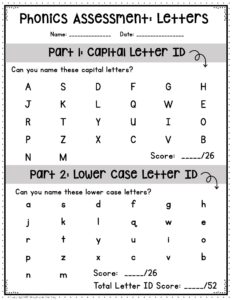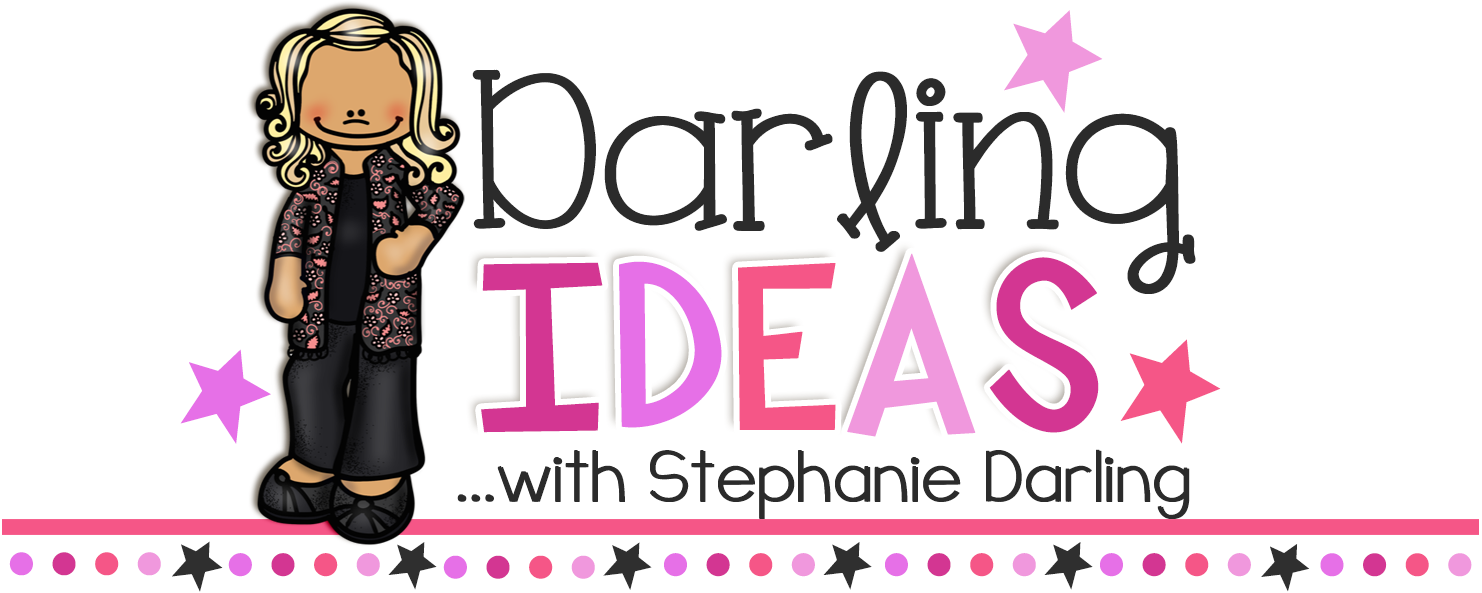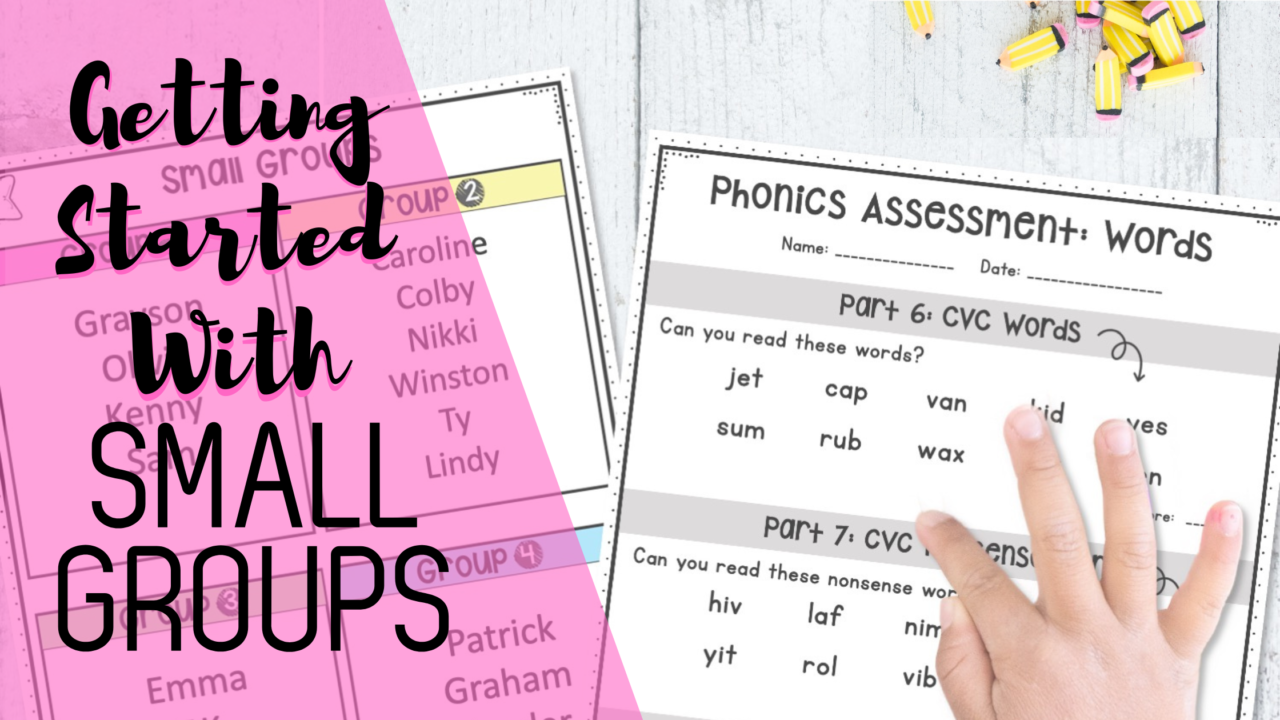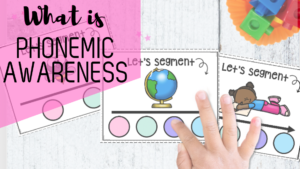Planning for small group instruction in kindergarten is all about the letters! At least at the beginning of the year.
So picture this, you are in your kindergarten classroom, with twenty or so new kinder kiddos, and it is time to begin planning for small group instruction.
Does this task seem a bit daunting to you? One of those, I know I need to do it, but how do I get started kinda things? If so, read on! I promise to make this quick and leave you with tools (there is an assessment linked below) AND a quick action plan to begin planning for small group instruction in your kindergarten class.
When you begin planning for small group instruction in kindergarten, is a great idea to give an assessment to see who came in knowing what letters. I believe that you have to do these assessments individually. And, while I am at the letter ID assessment, I also like to check letter sound knowledge and phonemic awareness as well.
Letter Identification Assessments
This is pretty straightforward! Just sit with your kiddos and see which letters your students can id.
This assessment is what I use! —>>>>> kinder letters and sounds assessment.


If you want to grab my entire Small Group Quick Start Guide, which included planning templates and my entire phonics assessment, click here to learn more!
Using the data to divide your students into small groups
Once all the students are assessed, (depending on the time you have,) you will want to think about how many groups you need to have. If you have an hour, and you can fit your kiddos into four groups, that would mean you would have twenty minutes of small group instruction for each group. #golden. (Minus transitions of course). If four groups a
re just not possible, you may have some high kiddos whom you could meet their needs two to three days a week. In this case, you could have more than four groups and meet with your advanced groups every other day. Or do a two day a week schedule for the highest group and meet three days a week for the next group.
IMO, the best option for small groupings
You can look at your data in a couple of different ways. You can use it to divide students into groups based on the percentage of letters they know. When I have four groups, I like to do the bottom 25%, 26-50%, 51-75%, and above 75%.
You could use the same principle and divide the kiddos into groups based on the number of letters they know too. We use something like less than 20, 21-35, 36-45, and above 45 (a.k.a. advanced) at our school. I also use a certain about of professional judgment and other assessments too. (This is where I use letter-sound assessments and the PAST from David Kilpatrick’s Book Equipped for Reading Success) to gauge Phonemic Awareness and letter sound skills. (I also use the PAST data for small group instruction, but more about that later!) If I have a kiddo who scored say 49% but had strong Phonological Awareness skills and worked hard in class, I might move him up to a more advanced group.
But, here is a second option
Another way to group kids would be by letters they could identify. So you might have a group of kiddos who needed work on p, b, and n, and another group who needed work on v,x, and y. Grouping this way is pretty fluid and might change weekly. (They are a lot of work.) One issue I have found with this method is that kiddo who needs p, b, and n might also need y. So I would have to put them in one group, but then find time to teach them the other skills they needed. I love the idea of being this intentional and data-driven with my groups, but honestly, I have not found it to be more effective than the other method described above.
If you need a Google Slides template for your rotations, check out this post to grab my free one!
Well if that doesn’t give you plenty to do and think about, IDK what will! Best of luck assessing your kiddos and diving them into small groups.
Oh! P.S.
I almost forgot to mention, change your groups as you go. Got a fast learner, move him up! Sis needs more practice on a skill? Switch her to a group that will give her that practice. Get to the end of week one and think, these groups are not working (#beenthere). Collect some anecdotal notes and rework them, sister!
Most importantly, just know by doing small groups, you are AMAZING! Your kiddos are lucky to have a teacher so dedicated to giving them what they need.
P.P.S
Stick with me! In my next several posts, I am going to break down all aspects of my small group instruction. I will also as talk about other parts of my rotations. And did someone say FREE FILES?! Oh, yea! I sho did!








No Comments